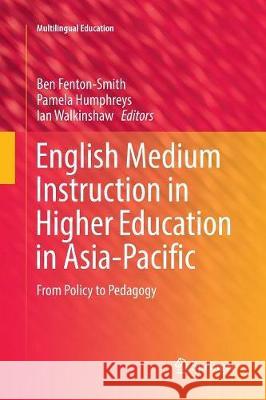English Medium Instruction in Higher Education in Asia-Pacific: From Policy to Pedagogy » książka
topmenu
English Medium Instruction in Higher Education in Asia-Pacific: From Policy to Pedagogy
ISBN-13: 9783319847894 / Angielski / Miękka / 2018 / 320 str.
English Medium Instruction in Higher Education in Asia-Pacific: From Policy to Pedagogy
ISBN-13: 9783319847894 / Angielski / Miękka / 2018 / 320 str.
cena 605,23
(netto: 576,41 VAT: 5%)
Najniższa cena z 30 dni: 578,30
(netto: 576,41 VAT: 5%)
Najniższa cena z 30 dni: 578,30
Termin realizacji zamówienia:
ok. 22 dni roboczych
Bez gwarancji dostawy przed świętami
ok. 22 dni roboczych
Bez gwarancji dostawy przed świętami
Darmowa dostawa!
Kategorie:
Kategorie BISAC:
Wydawca:
Springer
Seria wydawnicza:
Język:
Angielski
ISBN-13:
9783319847894
Rok wydania:
2018
Wydanie:
Softcover Repri
Ilość stron:
320
Waga:
0.46 kg
Wymiary:
23.39 x 15.6 x 1.75
Oprawa:
Miękka
Wolumenów:
01
Dodatkowe informacje:
Wydanie ilustrowane











